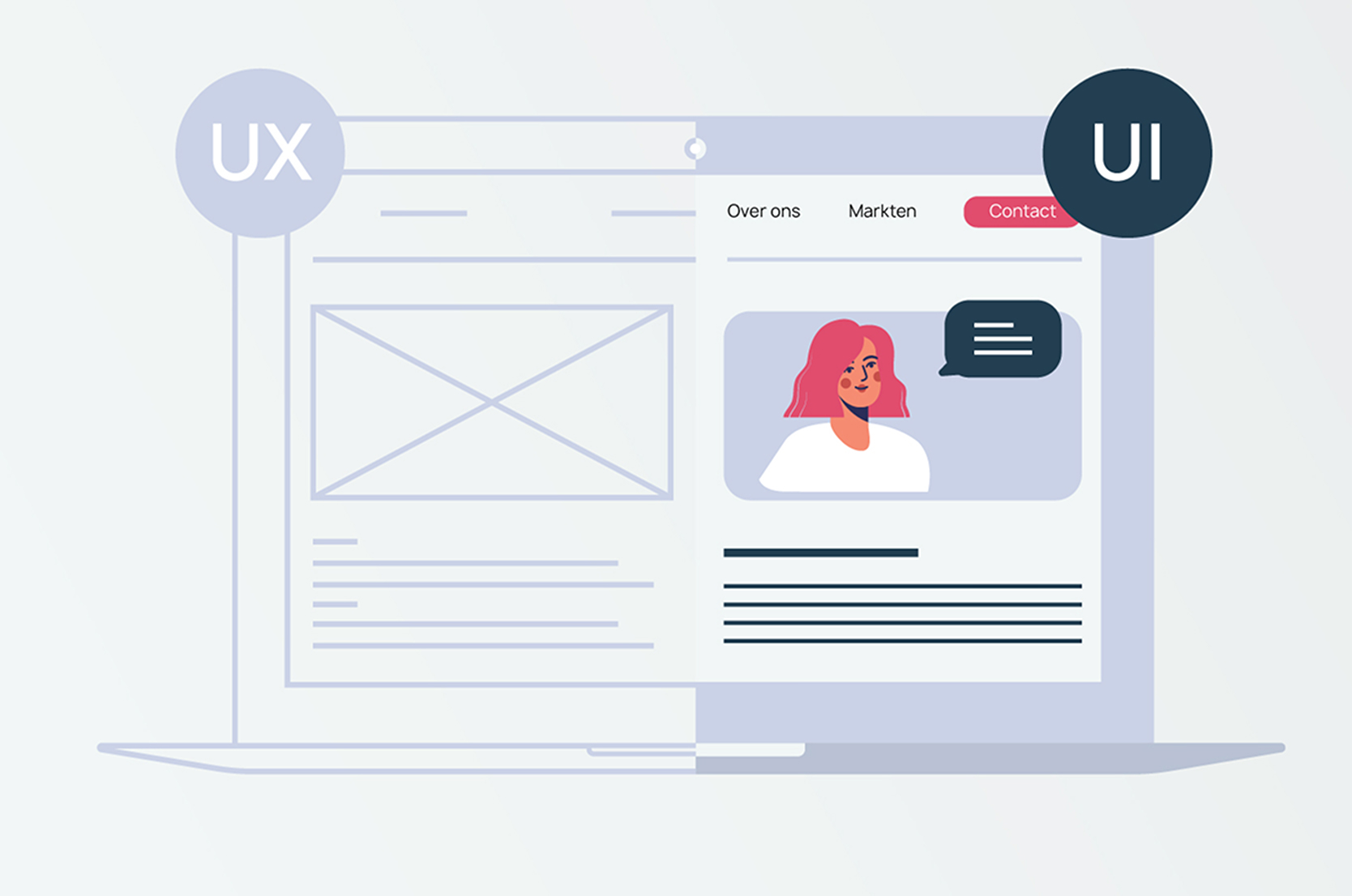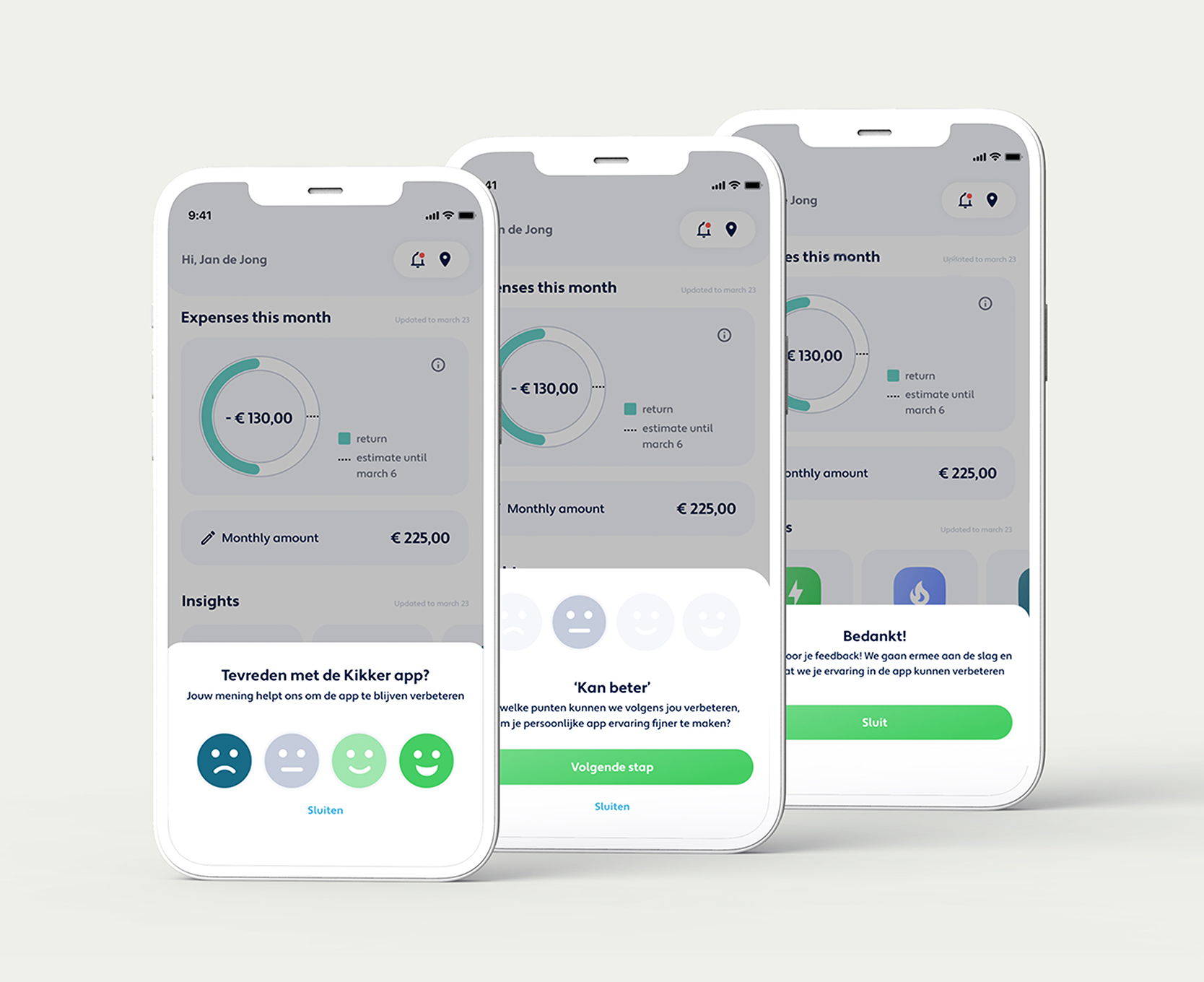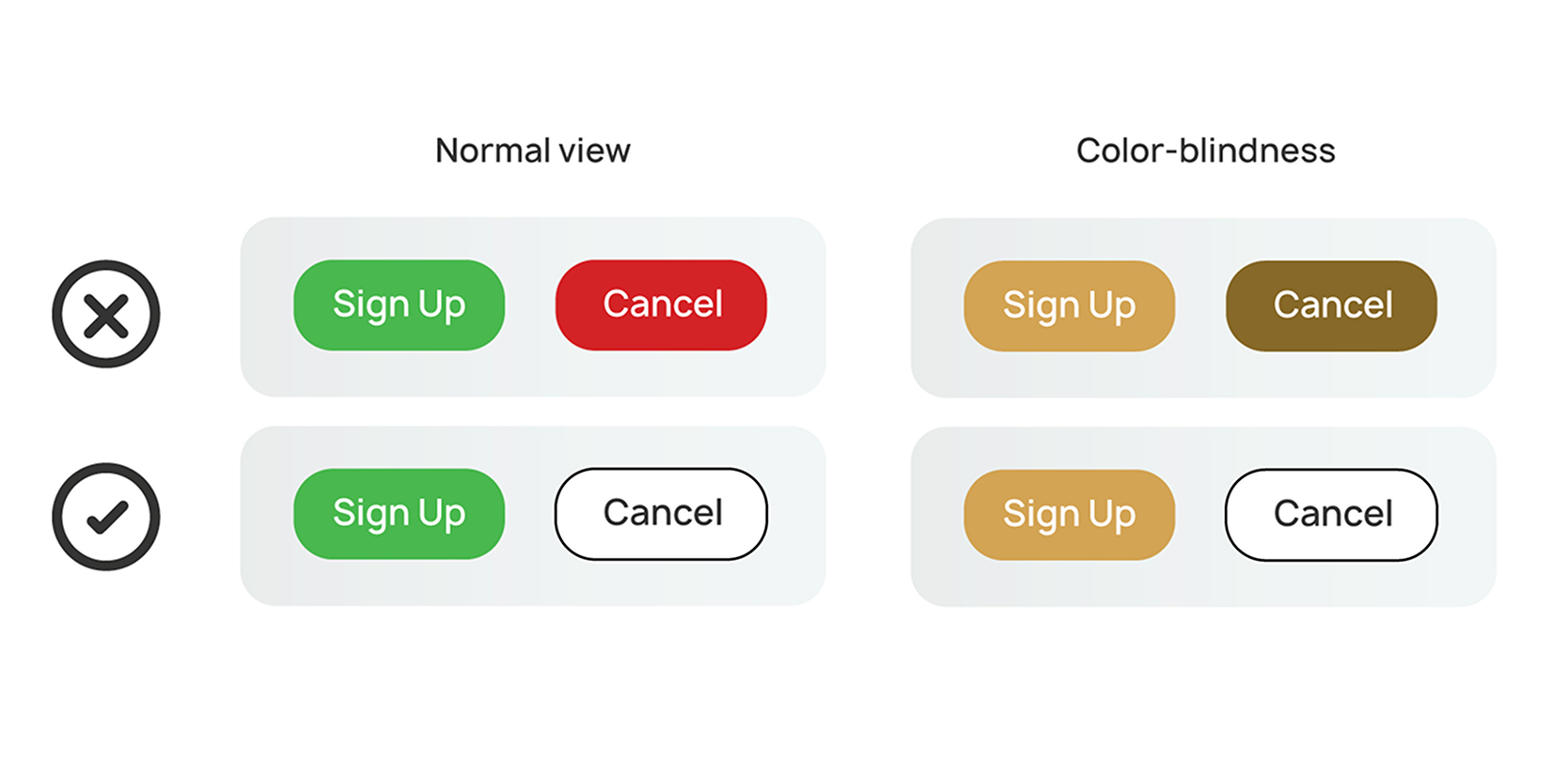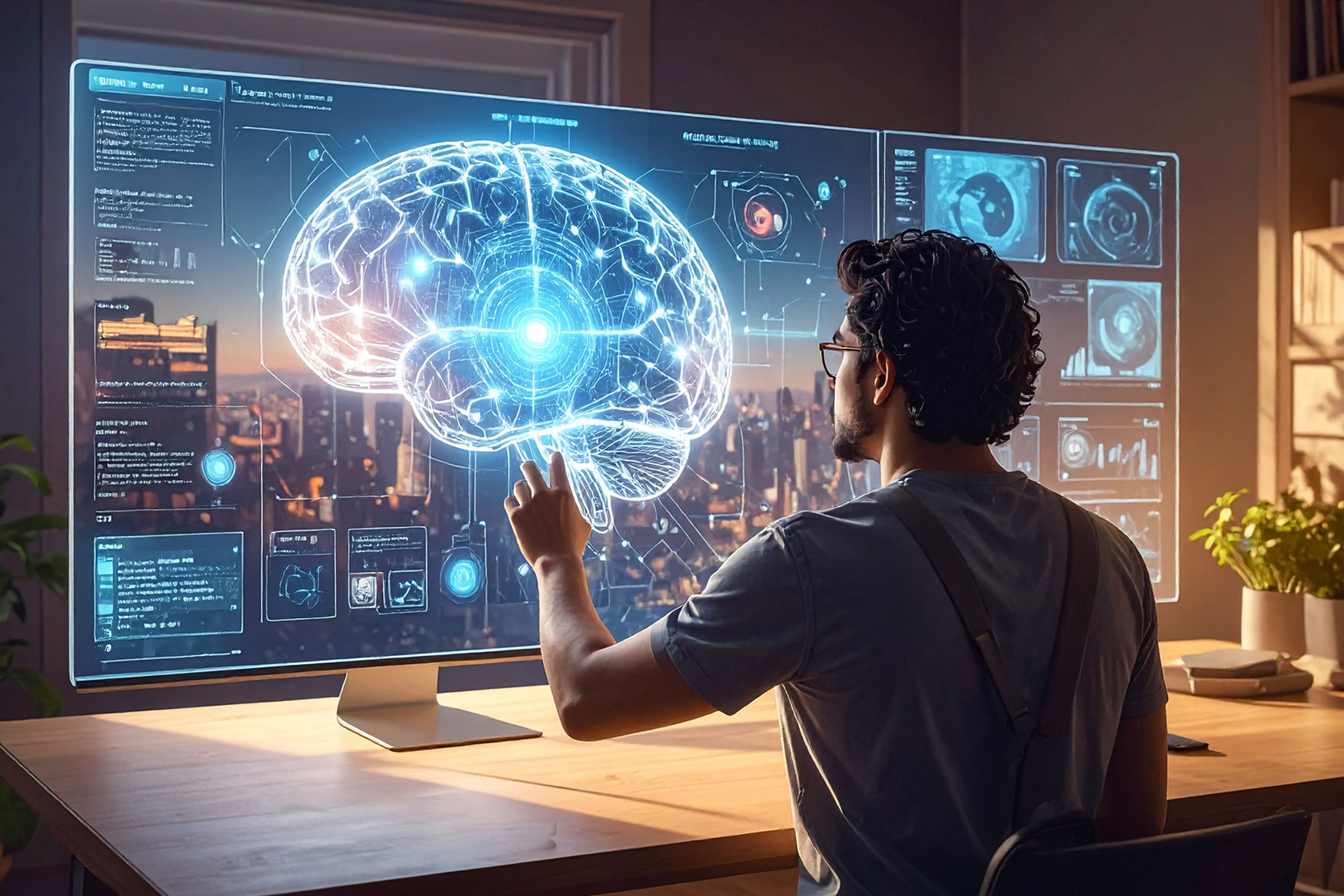
UX and UI
UX design (User Experience) focuses on how a user interacts with a software product, including ease of use, logical navigation, and efficient workflows. It involves research, strategy, and creating a smooth and intuitive user experience.
UI design (User Interface), on the other hand, is all about the visual and interactive elements of the software, such as buttons, colors, icons, and layout. UI ensures everything looks appealing and functions well, while UX ensures users can navigate the software effortlessly. Together, they create a user-friendly and effective product.
Design as a Connector
As a designer I believe software is more than functionality; it’s the interaction between humans and technology. UX/UI design acts as the bridge connecting these worlds, making complex technology accessible. It offers users not just a product but a positive emotional experience.
For instance, you've probably encountered a pop-up in an app you use daily asking, "Do you like our app?" By doing this, the app creators involve you emotionally, asking for your feedback and feelings. This makes users feel heard and valued, ultimately increasing their engagement.

“Good UX/UI design is not just an option; it's the bridge connecting humans and technology. It transforms frustration into satisfaction and software into success.”
The Psychology Behind Good Design
Good design relies on psychological principles to make software user-friendly. Visual hierarchy, color psychology, and minimizing cognitive load play major roles in this. A simple change, such as strategically placing a call-to-action button or using contrasting colors, can significantly improve user productivity and satisfaction.
For example, an A/B test on an e-commerce platform increased conversions by 20% just by making the buttons more noticeable.
The Sabotaging Power of Bad UX/UI
Poor UX/UI can severely hinder business goals, leading to low adoption rates and increased complaints. Think of frustrating navigation, unclear instructions, or slow loading times. Conversely, good UX/UI design turns these challenges into opportunities. By making software more attractive and effective – for example showing an animation the app is in fact loading instead of freezing - , companies can retain existing customers and attract new ones.
Accessible design also makes software usable for a wider audience, including people with disabilities. Features like screen readers, adjustable font sizes, and color contrasts can be life-changing. They empower individuals to participate in the digital world and help businesses tap into new customer segments. Inclusivity in UX/UI design is not only ethically responsible but also commercially valuable.

Imagine this: a user struggles with a poorly designed application. Buttons are hard to find, functions are unintuitive, and frustration builds up, leading them to minimize their app usage or even abandon it altogether. Now consider the same user opening a well-designed app. The interface is clear, navigation logical, and interaction seamless. The difference is striking: good UX/UI design leads to success and satisfaction.
Conclusion
UX/UI design is not just an add-on but a crucial part of successful software. We as designers at Infodation connect humans and technology, simplify complex processes, and provide users with a positive emotional experience. By investing in UX/UI design, we do not only transform our software but also our relationship with users. That said, while UX/UI design is powerful, it isn’t a magic solution for everything. It cannot compensate for poorly functioning backend systems or flawed business strategies. Even the most beautifully designed interface won’t succeed if the underlying product fails to deliver value or meet user expectations.
It is this balance between design, functionality, and strategy that truly makes or breaks software - and it’s a balance we’re passionate about helping businesses achieve.










